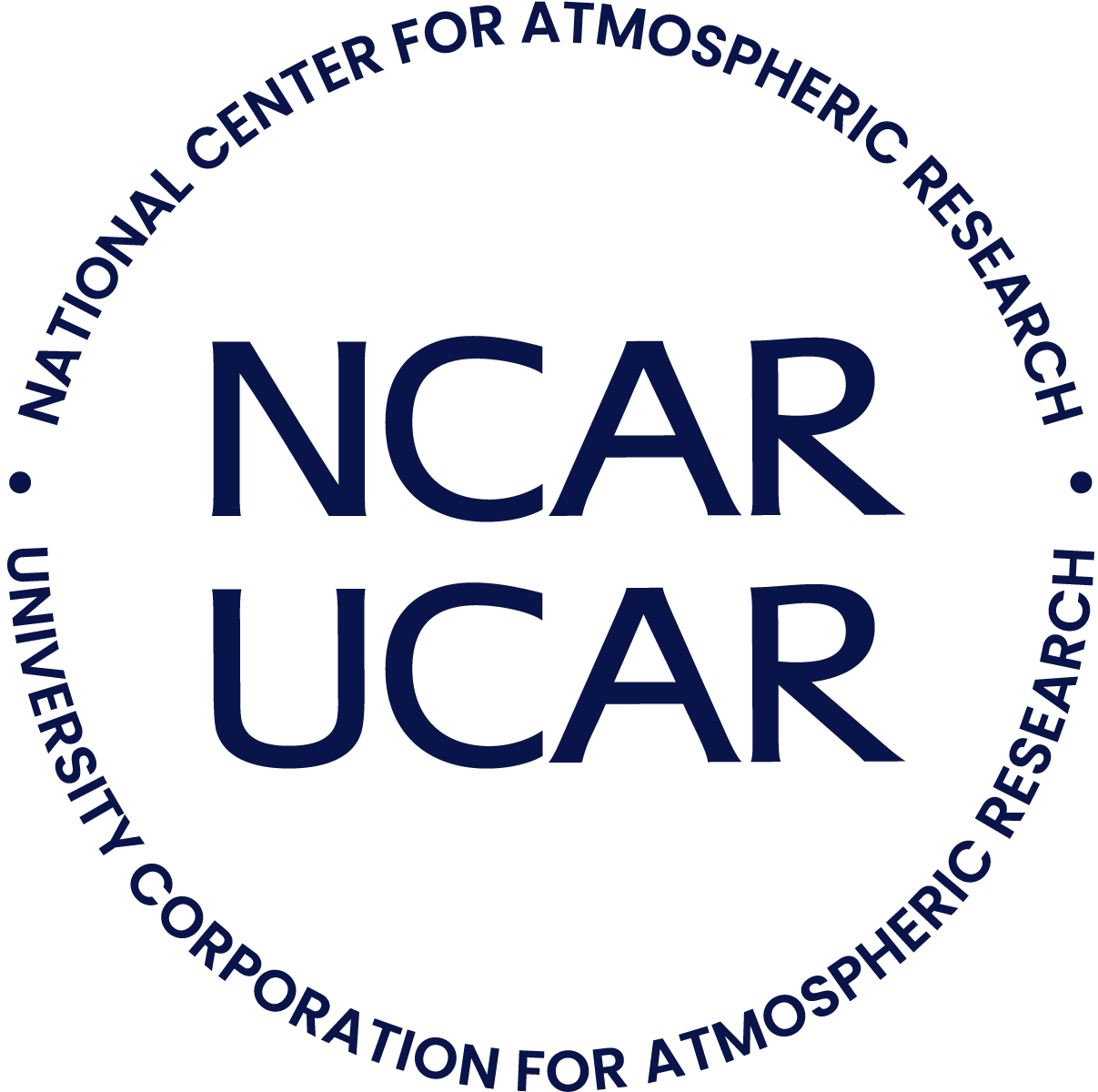-

Hurricane experts available to explain storm behavior, potential impacts
NSF NCAR experts are available for media interviews about hurricanes.
- Climate,
- Weather
-

Asian monsoon lofts ozone-depleting substances to stratosphere
The increasingly powerful winds of the East Asian Monsoon are are lofting unexpectedly large quantities of ozone-depleting substances high into the atmosphere.
- Climate
-
Experts available to discuss atmospheric rivers
Experts at NSF NCAR are available to talk with reporters about a number of aspects of atmospheric rivers.
- Climate,
- Weather
-
Flying into the cold unknown
Typically, pilots avoid flying where icing conditions can occur, but researchers are flying into extremely cold weather in order to study an Arctic phenomenon known as marine cold air outbreaks (CAOs). CAOs and the clouds they generate may have far-reaching climate impacts and scientists are hoping to understand more about the role they are playing in the rapid warming of the Arctic.
- Climate
-

Climate change isn’t producing expected increase in atmospheric moisture over dry regions
Although a warmer atmosphere can hold more water vapor, atmospheric moisture has not increased over arid and semi-arid regions of the world as the climate has warmed.
- Climate

